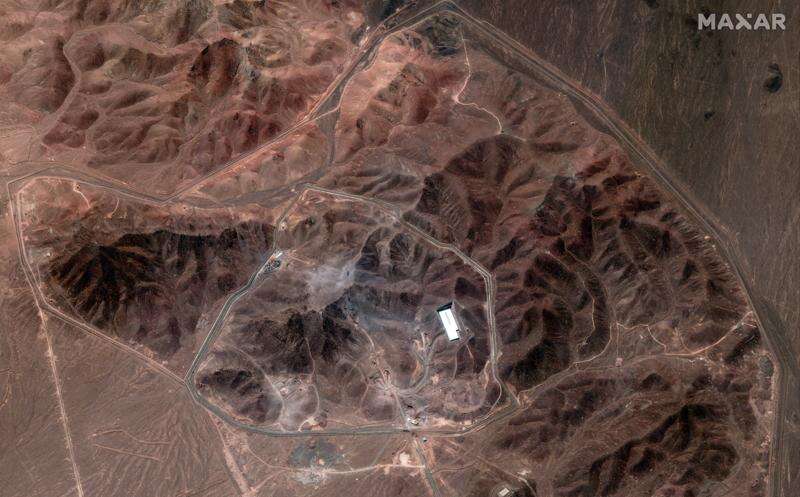DUBAI, United Arab Emirates — Iran is currently assessing the damage inflicted by recent American and Israeli airstrikes on its nuclear sites, while simultaneously expressing strong condemnation over the attacks. Despite the tensions, Tehran has not ruled out the possibility of resuming negotiations with Washington regarding its nuclear program. This dual approach was articulated by government spokesperson Fatemeh Mohajerani, who acknowledged the significant impact of the strikes on key nuclear facilities at Fordo, Isfahan, and Natanz.
Mohajerani’s comments, reported by Iran’s state-run IRNA news agency, mark a rare admission of the extent of damage caused during the 12-day conflict with Israel. The airstrikes, which began on June 13, targeted Iran’s air defenses and nuclear infrastructure, raising alarms over the potential acceleration of Iran’s nuclear capabilities. Meanwhile, Iran’s openness to dialogue with the United States suggests a strategic effort to mitigate further economic sanctions as international pressure mounts.
Escalating Conflict and Rising Casualties
The Israeli airstrikes have reportedly decimated the upper echelons of Iran’s Revolutionary Guard and struck at its ballistic missile arsenal. Israel claims these actions were necessary to prevent Iran from acquiring nuclear weapons, a charge Tehran vehemently denies. According to U.S. intelligence and the International Atomic Energy Agency (IAEA), Iran has not had an organized nuclear weapons program since 2003, although it has been enriching uranium to levels just shy of weapons-grade.
On Monday, Iranian judiciary spokesman Asghar Jahangir announced a revised death toll from the conflict, stating that 935 Iranian citizens, including 38 children and 102 women, had been killed. These figures starkly contrast with those provided by the Washington-based Human Rights Activists group, which estimates 1,190 fatalities, including both civilians and security personnel. The group also reported 4,475 injuries.
Activity at Fordo and Nuclear Concerns
Amidst the ongoing tensions, satellite imagery has revealed activity at Iran’s Fordo nuclear facility, suggesting that Iranian officials are evaluating the damage from the strikes. Images from Planet Labs PBC and Maxar Technologies show trucks, cranes, and excavators at the site, indicating possible efforts to assess or repair the damage. The presence of these vehicles prior to the strikes has led to speculation about whether sensitive materials were relocated in advance.
The IAEA has expressed concerns over the “continuity of knowledge” regarding Iran’s nuclear program, as inspectors have lost track of the program’s developments. This uncertainty fuels fears that nuclear materials could be hidden at undisclosed locations within the country. Iran has yet to disclose the full extent of the damage or the current status of its nuclear activities, though it has promised a forthcoming report from the Atomic Energy Organization of Iran.
Political Reactions and Future Implications
Iranian Foreign Minister Abbas Araghchi has maintained the possibility of U.S. talks, despite increasing criticism from hard-liners within the country. The hard-line Kayhan newspaper, known for its close ties to Iran’s Supreme Leader, has ridiculed any negotiations with the West, reflecting the deep-seated skepticism among Iran’s conservative factions.
In a provocative editorial, Kayhan’s managing editor Hossein Shariatmadari suggested that IAEA Director-General Rafael Mariano Grossi should face severe consequences if he visits Iran, a statement that has drawn international rebuke. This rhetoric underscores the internal divisions within Iran regarding its foreign policy approach and the broader geopolitical implications of the ongoing conflict.
As Iran navigates the aftermath of the strikes and contemplates its next steps, the international community watches closely. The potential for renewed negotiations with the U.S. could offer a pathway to de-escalation, but the road ahead remains fraught with challenges. The unfolding situation will likely have significant ramifications for regional stability and the global diplomatic landscape.
